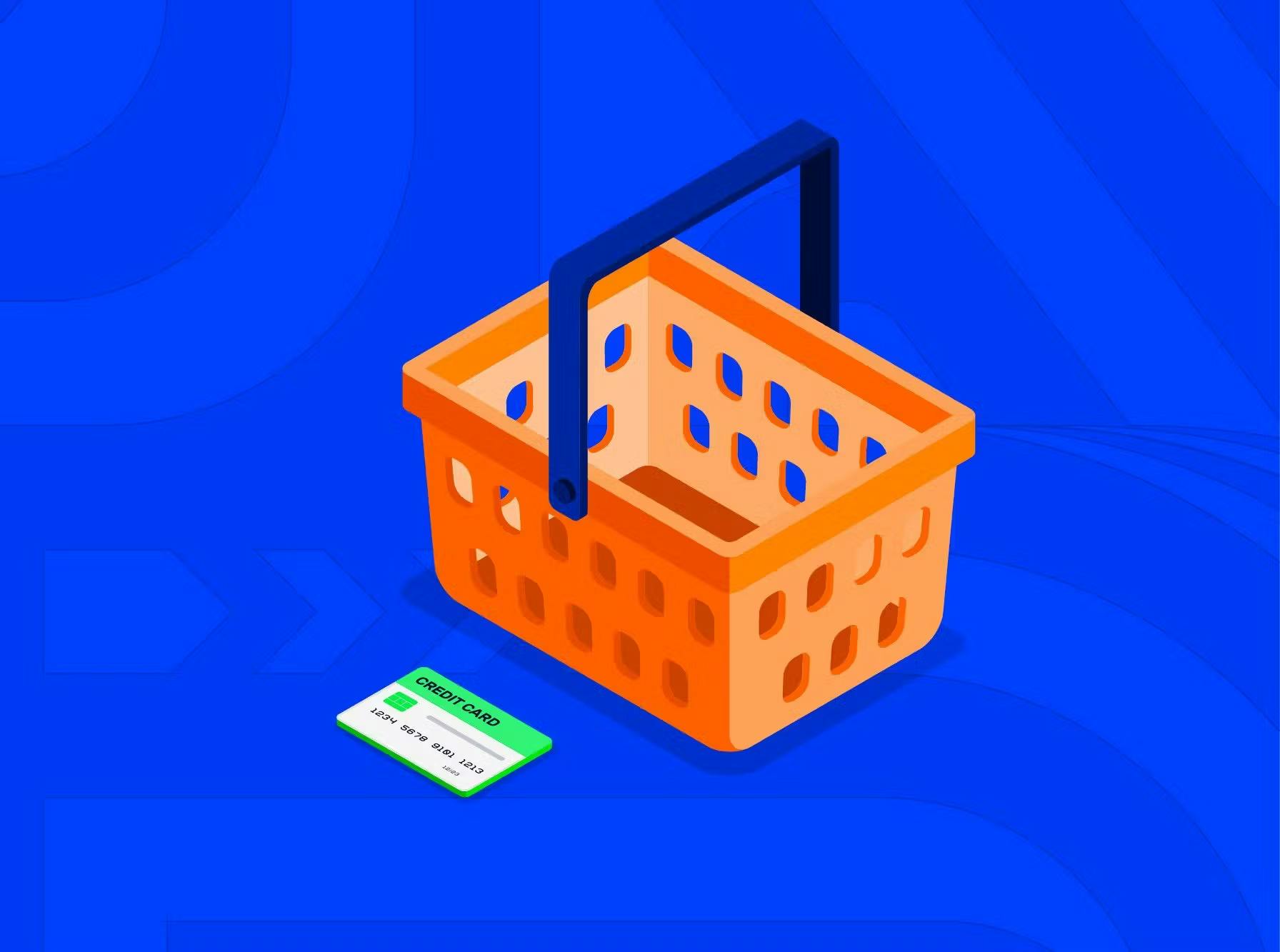Last week, Tranzzo celebrated eight years in the fintech solutions market. During this time, the company has grown from a startup to a global platform supporting more than 190 countries and over 3,000 clients. Our team has also grown to include nearly 140 talented professionals.
8 trends in fintech that we have seen over the past 8 years


It was a period of rapid industry growth, when technology, regulation, and user expectations changed almost every year. Observing these transformations and working with various businesses, we identified key trends that shaped the development of fintech over the years — and remain relevant today.
1. Mobile payments have become the norm
In 2016, most customers perceived mobile payments as something new and not always reliable. Today, more than a quarter of online transactions worldwide are made from smartphones, and Apple Pay, Google Pay, and QR payments are integrated into virtually all services..
Businesses that do not offer mobile methods automatically lose conversions. Customers expect one-touch payments, and this is no longer something special—it is a basic requirement.
2. The growth of e-commerce and the need for seamless checkout
The e-commerce market has grown several times over in recent years. Whereas online stores with card payment used to be the exception, online sales are now the norm for any business, from small retailers to global marketplaces.
The key feature was seamless checkout — when the buyer completes the purchase in a matter of seconds:
- without lengthy forms;
- with card data retention;
- one-click payment support.
Any unnecessary field in a form reduces conversion rates. That is why modern payment systems do not simply process transactions, but optimize the process for the user.
3. Regulation and Open Banking
Legislation has become one of the strongest drivers of change. The introduction of PSD2 in the EU and the development of Open Banking around the world have created a completely new ecosystem.
What this means:
- banks have opened APIs to third-party developers;
- users gained control over their financial data;
- The market has been flooded with new players offering additional services.
For payment providers, this is a challenge — they need to invest in security, comply with regulatory requirements, and remain innovative at the same time.
4. Boom in local payment methods
Just a few years ago, global markets were built around Visa and Mastercard. Today, that is not enough.
Each country has its own payment habits:
- In Eastern Europe, local card systems are popular.
- in Latin America — bank transfers and vouchers;
- in Asia — e-wallets and super apps;
- BNPL (Buy Now, Pay Later) is growing rapidly in Europe.
A business entering a new market must integrate not only international cards but also local methods, otherwise the level of successful transactions will be significantly lower.
5. The increasing complexity of fraud and new countermeasures
The number of online payments has increased, and with it, the level of fraudulent attacks. Today's fraud is much more sophisticated than what we saw in 2016.
Traditional tools (blacklists, manual verification) are no longer sufficient. The following have come to the fore:
- AI and machine learning that detect abnormal patterns;
- behavioral analysis, which evaluates user actions in real time;
- multi-level verification systems (3DS2, biometrics).
For businesses, this means striking a balance: protecting against fraud without compromising user convenience.
6. Cross-border payments and the globalization of fintech
The growth of international trade, cross-border e-commerce, and even the popularization of remote work have made multi-currency solutions a must-have.
Businesses need tools that:
- work with multiple currencies;
- reduce conversion costs;
- optimize payment routing depending on the country.
Tranzzo supports over 190+ countries, and we see how globalization is increasing the demand for universal payment systems.
7. Organization of payments as a mandatory condition
Just a few years ago, businesses would choose a single payment provider. Today, this is no longer effective.
Payment Orchestration enables you to:
- connect multiple providers simultaneously;
- manage transactions through a single platform;
- configure routing according to your own rules (for example, route payments through the provider with the highest conversion rate in a specific country).
This is an approach that increases business efficiency and scalability.
8. Focus on UX and customization
Fintech is no longer a "purely technical" solution. Users expect a simple, understandable, and flexible interface.
Trend in recent years:
- businesses want custom scenarios (white label, own brand);
- end customers expect the checkout process to be adapted to their habits;
- UX is becoming a factor in competitiveness.
An intuitive, convenient, and flexible payment system is just as important today as its technical specifications.
Conclusion
Over the past eight years, fintech has become one of the key sectors of the global economy. We have witnessed mobile payments replacing card terminals, local methods becoming mandatory, and orchestration becoming the new standard.
Tranzzo has evolved alongside these trends, adapting its products to new challenges and creating solutions that help businesses operate more efficiently. We are convinced that the coming years will bring even more change, and those who invest in technology and customer focus today will reap the rewards tomorrow.
 Most Popular Payment Methods in the World: Analysis by Markets
Most Popular Payment Methods in the World: Analysis by Markets How to Increase Conversions in an Online Store with a Checkout Page
How to Increase Conversions in an Online Store with a Checkout Page How Tranzzo Simplified the Payment Process for Tickets.ua
How Tranzzo Simplified the Payment Process for Tickets.ua Integrating Multiple Payment Methods: Challenges and Solutions
Integrating Multiple Payment Methods: Challenges and Solutions Abandoned Shopping Carts: Why Businesses Lose Revenue and How to Increase the Number of Successful Payments
Abandoned Shopping Carts: Why Businesses Lose Revenue and How to Increase the Number of Successful Payments

